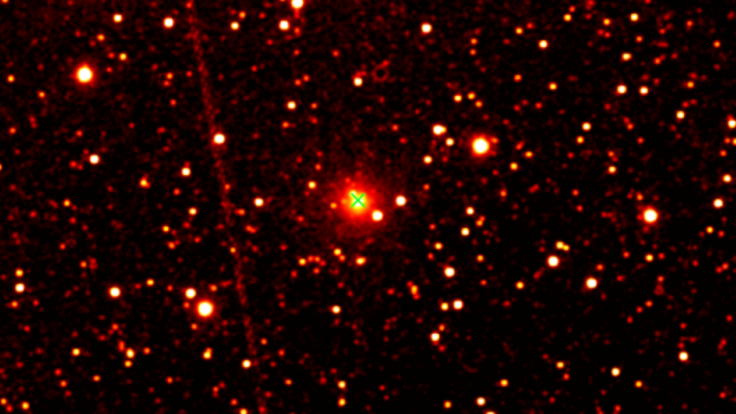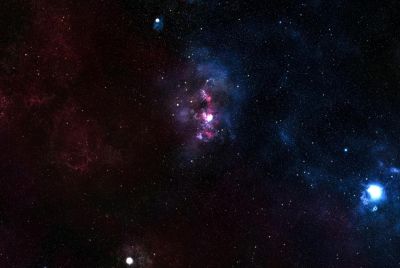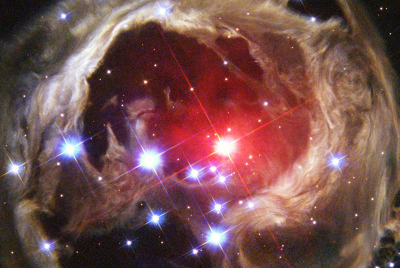Is 3I/Atlas Comet An Alien Mothership? Interstellar Object Keenly Observed As It Reaches Solar Junction
As it nears solar conjunction, astronomers aim to analyse its unusual carbon-rich chemistry to learn more about planetary formation beyond our Sun

Astronomers are tracking a rare visitor known as 3I/ATLAS, the third confirmed interstellar object to enter our solar system. Detected in July 2025, its hyperbolic orbit confirmed that it came from beyond the Sun's influence, offering scientists a rare chance to study material that formed around another star and to compare it with comets native to our own system.
Its unusual chemistry and motion have sparked speculation outside mainstream science. Some commentators have suggested that 3I/ATLAS could be artificial, describing it as an alien mothership. Most researchers, however, say there is no credible evidence for such claims.
The object's mix of scientific intrigue and public fascination has kept it under close scrutiny as it approaches a critical phase in its path around the Sun.
Interstellar Origins and Scientific Profile
3I/ATLAS was discovered on 1 July 2025 by the Asteroid Terrestrial Impact Last Alert System in Chile. It is the third known interstellar visitor after 'Oumuamua in 2017 and 2I/Borisov in 2019. Data from the Hubble Space Telescope suggest its nucleus is about 5.6 kilometres wide.
Spectroscopic studies show that the comet's coma contains far more carbon dioxide than water, roughly eight to one, according to Universe Today. This ratio is much higher than in most comets that formed within our solar system. Researchers believe this composition indicates that 3I/ATLAS originated in a colder and more distant environment.
These features have made it a priority for international research teams studying how interstellar objects behave as they pass through the inner solar system. Many scientists view its unusual chemistry as a valuable clue to planetary formation rather than evidence of artificial design.
Alien Hypothesis and Scientific Response
Harvard astrophysicist Avi Loeb has argued that 3I/ATLAS could, in theory, represent alien technology. He highlights its unusual orbit, its compact size and the absence of a long cometary tail as reasons to consider that possibility.
Most of the scientific community disagrees. NASA has stated that the object behaves as a natural comet should and presents no threat to Earth. Fact-checking organisations have also noted that while the term 'mothership' has generated headlines, there is no verified evidence that 3I/ATLAS is artificial, according to IFLScience.
Loeb has accepted that the balance of evidence supports a natural origin but argues that unusual discoveries deserve thorough investigation rather than immediate dismissal.
Approaching the Sun
3I/ATLAS is now nearing solar conjunction, when it passes close to the Sun from Earth's perspective and becomes harder to observe. Once it moves beyond the Sun's glare in November, astronomers will resume detailed monitoring of its motion, chemistry and rotation.
Future observations will look for any acceleration unrelated to gravity and for trace metals or organic compounds that might explain its unusual composition. A report has mentioned a possible detection of nickel vapour without matching iron, though this has not yet been confirmed in peer-reviewed research.
As the object completes its brief visit, 3I/ATLAS continues to command scientific and public attention. Most evidence supports the view that it is a natural comet from another star system. Even so, its distinct make-up and distant origin remind astronomers how much there is still to learn about the wider universe.
© Copyright IBTimes 2025. All rights reserved.





















